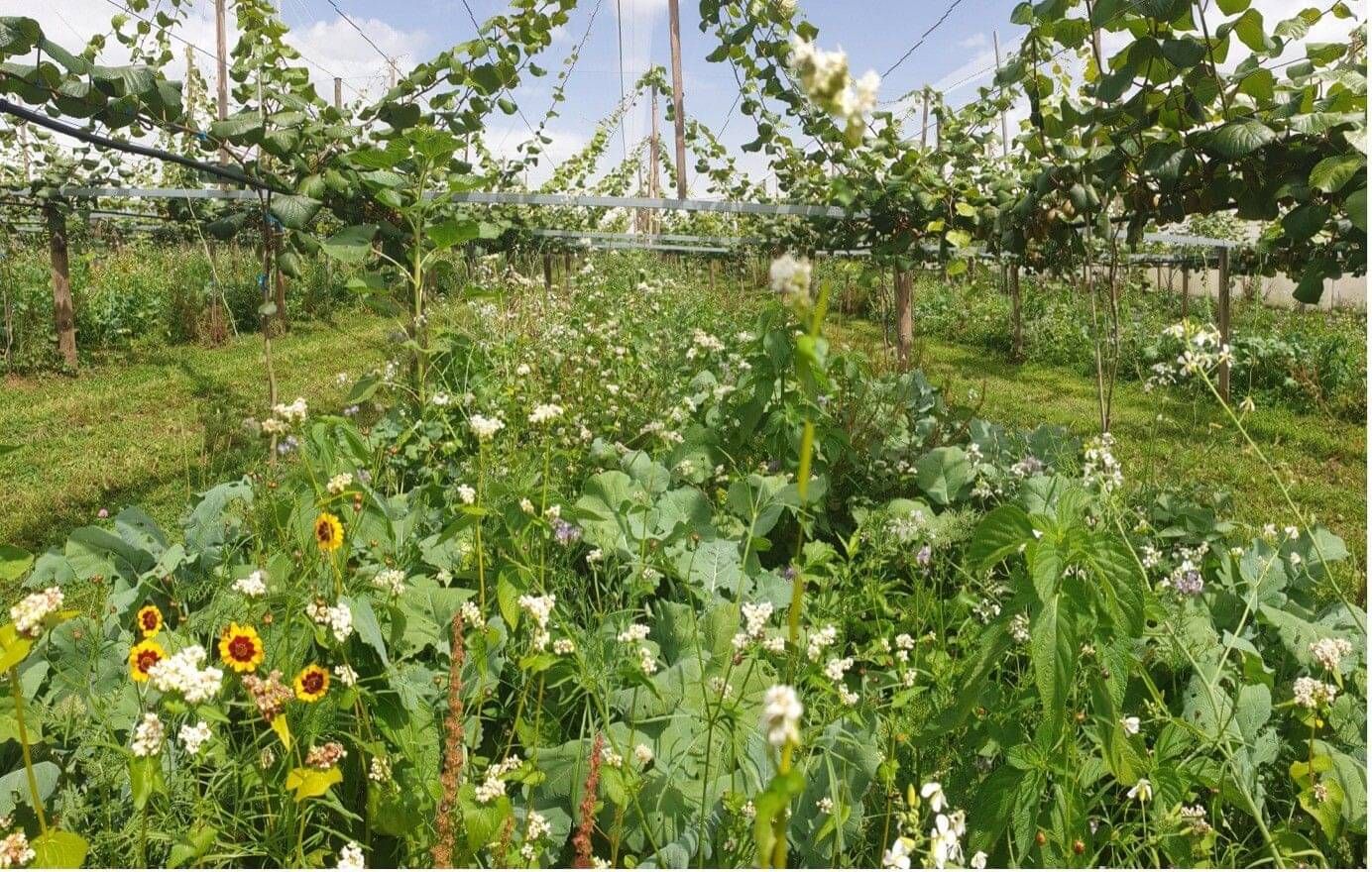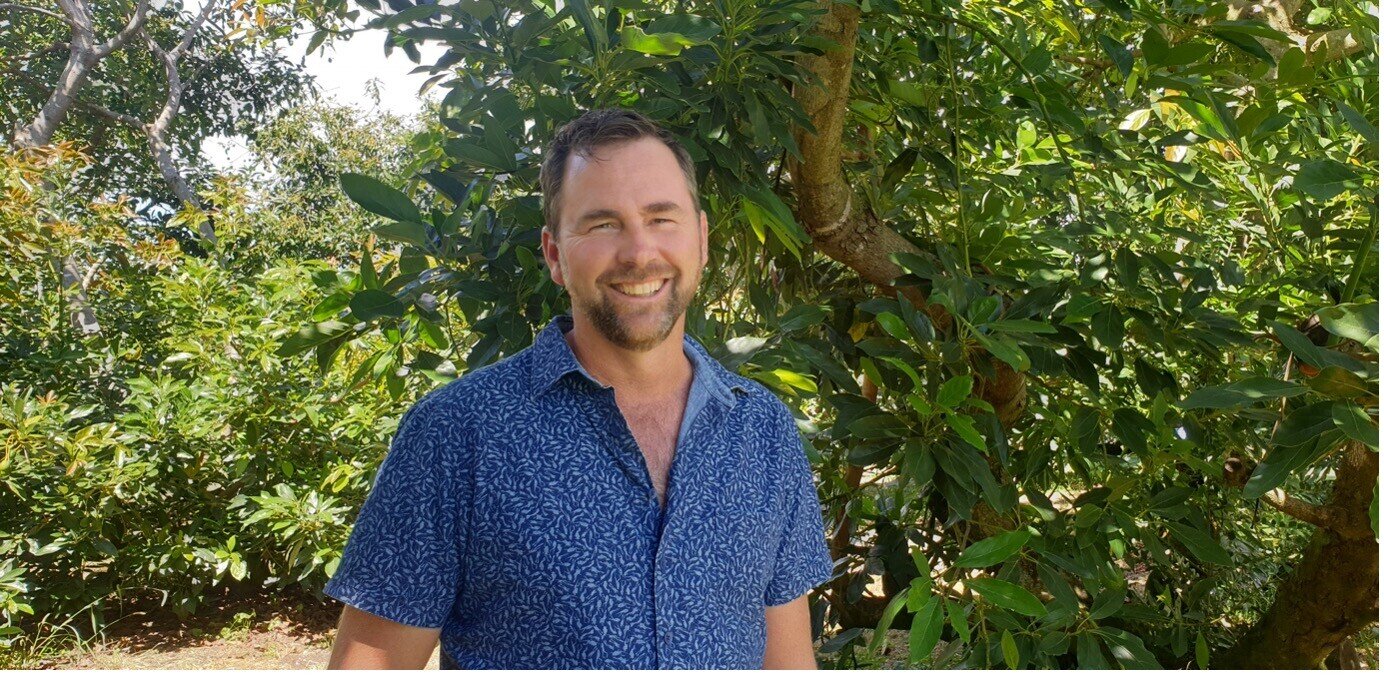Meet our Lighthouse Farmer – Leighton Oats.
Leighton Oats has a wealth of experience in horticulture, having managed kiwifruit orchards for 22 years, three of which were spent offshore in Italy. In addition to his kiwifruit expertise, he has also accrued ten years managing avocado orchards.
Leighton has a firm belief that, “when you change the way you look at things, the things you look at change.” He is currently using his knowledge to develop his horticultural block at Tomsett Road, Omanawa.
At a recent Wai Kōkopu catchment field day, Leighton shared his insights on the relationship between the health of the plant and the health of the soil. He suggested some useful indicators to look for when assessing the health of the soil:
- the rate of water infiltration
- structure
- worm numbers
- organic matter
Below are some of us his insights;
- An increase of 1% in the organic matter has a surprisingly significant increase (up to 170,000 litres per hectare) in the soil’s water-holding capacity.
- To improve the populations of fungi, Leighton has been experimenting with a Trichoderma-inoculated legume mix. This has been used to replace the traditional weed strip, as well as a cover crop mix being used to increase the organic matter and health of the soil. Leighton references several sources which support the theory of how an increase of mycorrhizal fungi in the soil helps to improve the plants’ pathogen resistance, drought tolerance and nutrient transfer; this includes kiwifruit vines and avocado trees.
- Earthworms are undervalued. They carry out vital functions in our soils, such as improving the infiltration of water, transportation of minerals, breakdown of organic matter, and incubation of valuable bacteria. Leighton has managed to increase the worms per spade in his orchards by around 270% in a two-year period.
Some of the strategies Leighton uses in his orchard management to improve the soil health include:
- application of seaweed and fish hydrolysate;
- nitrogen buffer with humates (to protect soil carbon);
- balancing of the cations (calcium, magnesium, potassium and sulphur); and
- experimenting with cover crops and how they might be used in orchard settings.
Leighton says, “if we can learn to build soil health and hold the soil particles and nutrients in our orchards where we need them, we will grow healthier orchards. Bare dirt cannot hold on to anything.”




